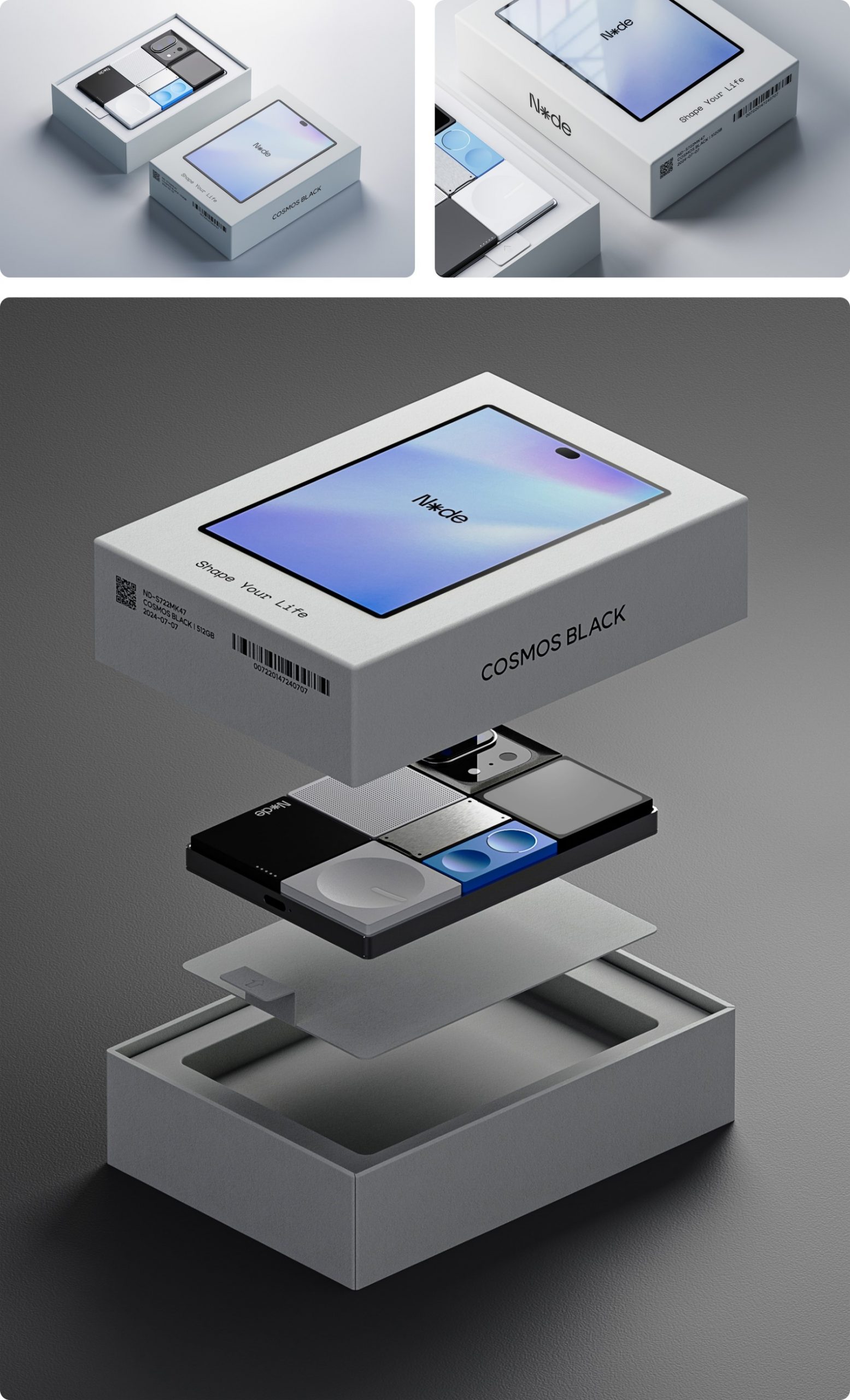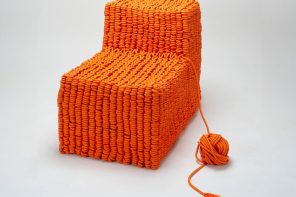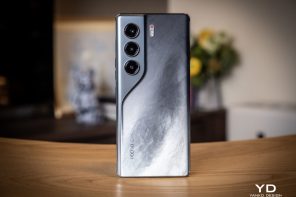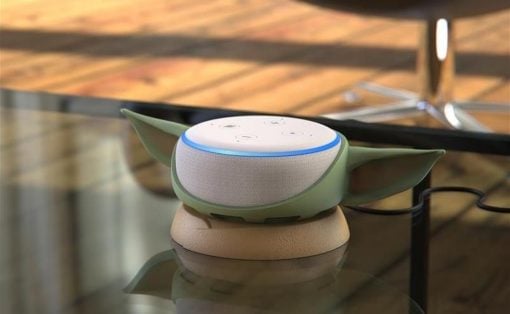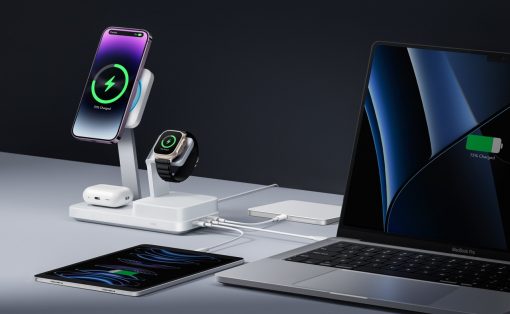Rather than attaching components to your phone, the PAIR Node allows you to attach sensor modules that help your phone capture different data points around you and your life. Called ‘Nodes’, these modules assist users in forming a lifestyle and AI-driven experience that suits their needs. Rather than buying a phone for its capabilities, you build your phone around the capabilities you need, from having a great camera to being a great health-tracking gadget. As you grow older, the phone grows with you, changing with time and your needs but never being replaced. It’s a clever way to help solve the planned obsolescence problem with tech, by bringing AI-based assistance into the mix.
Designer: LFD Official
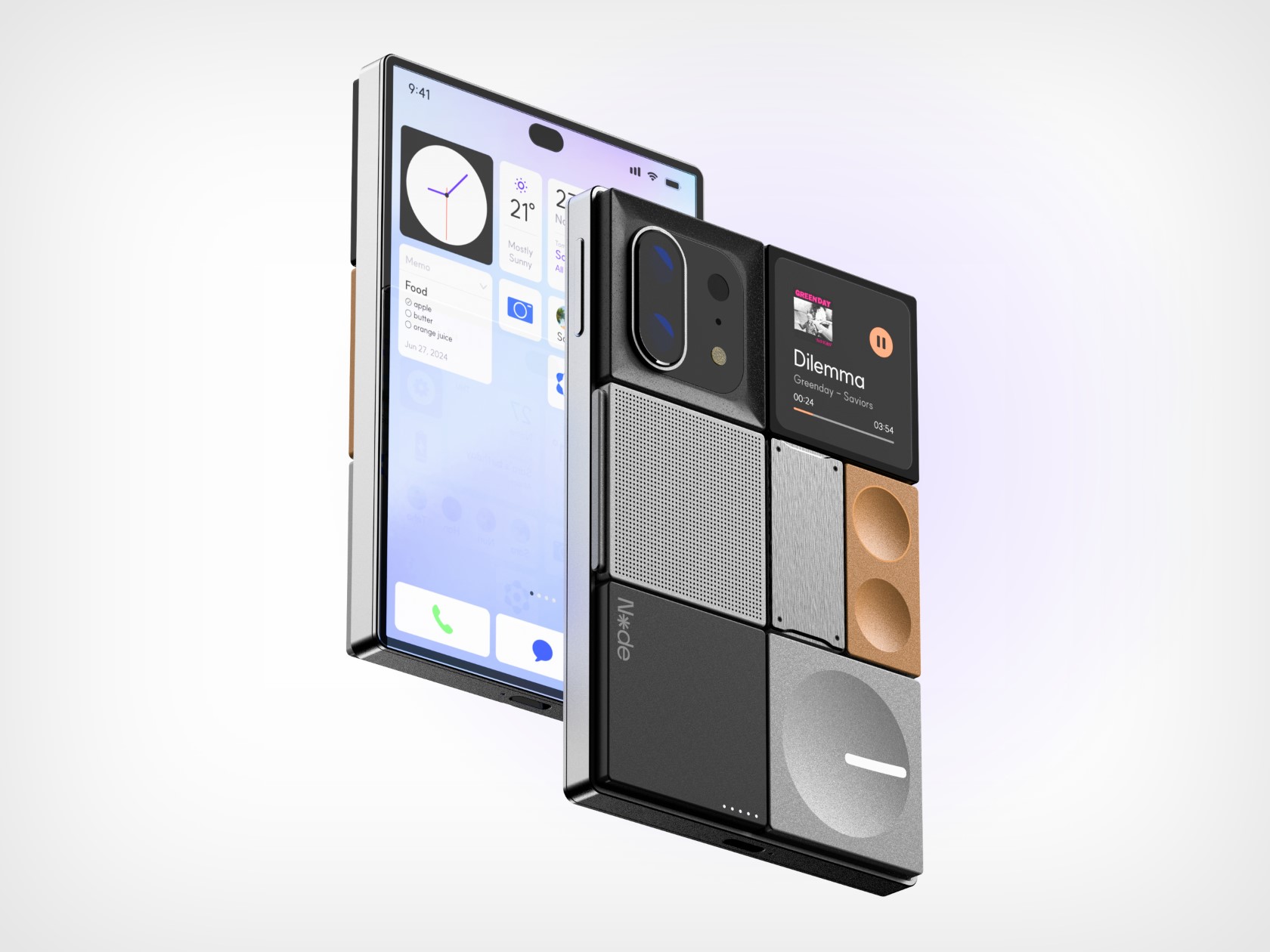
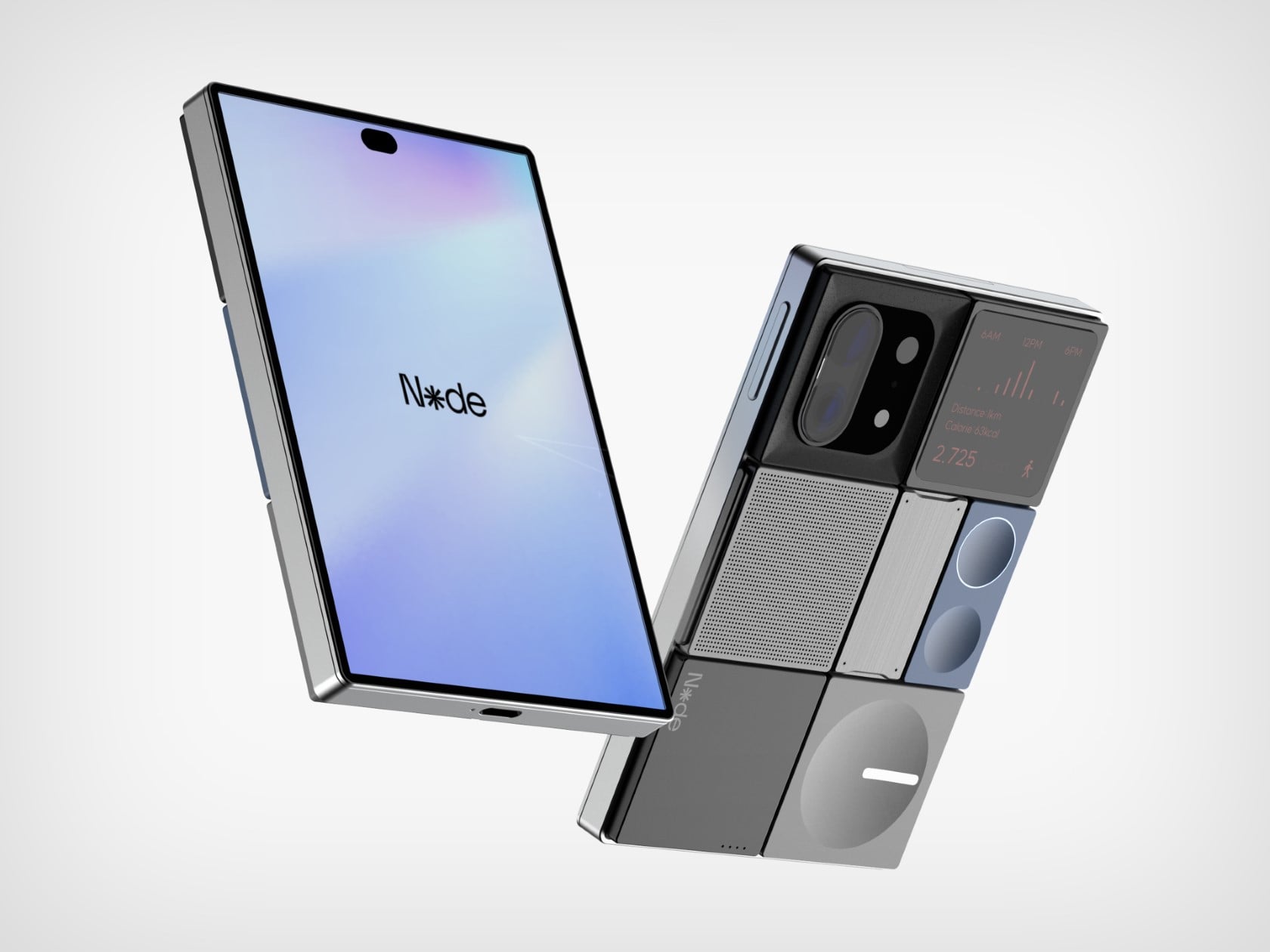
Phones are nothing but vessels for the apps they carry – but AI is a little different. Everyone uses AI differently based on exactly what the needs of their life are. That prompted PAIR Node’s creators to revisit phone modularity in the AI age. The PAIR Node is a phone you build based on your requirements, but also on the ability to build an AI-powered device that grows with you and trains as you go. The framework of how this works remains extremely similar to the PhoneBloks concept from years back (which was acquired by Google and Motorola and turned into the now-shelved Project Ara), albeit with a few different modules based on how tech has advanced in the past few years.
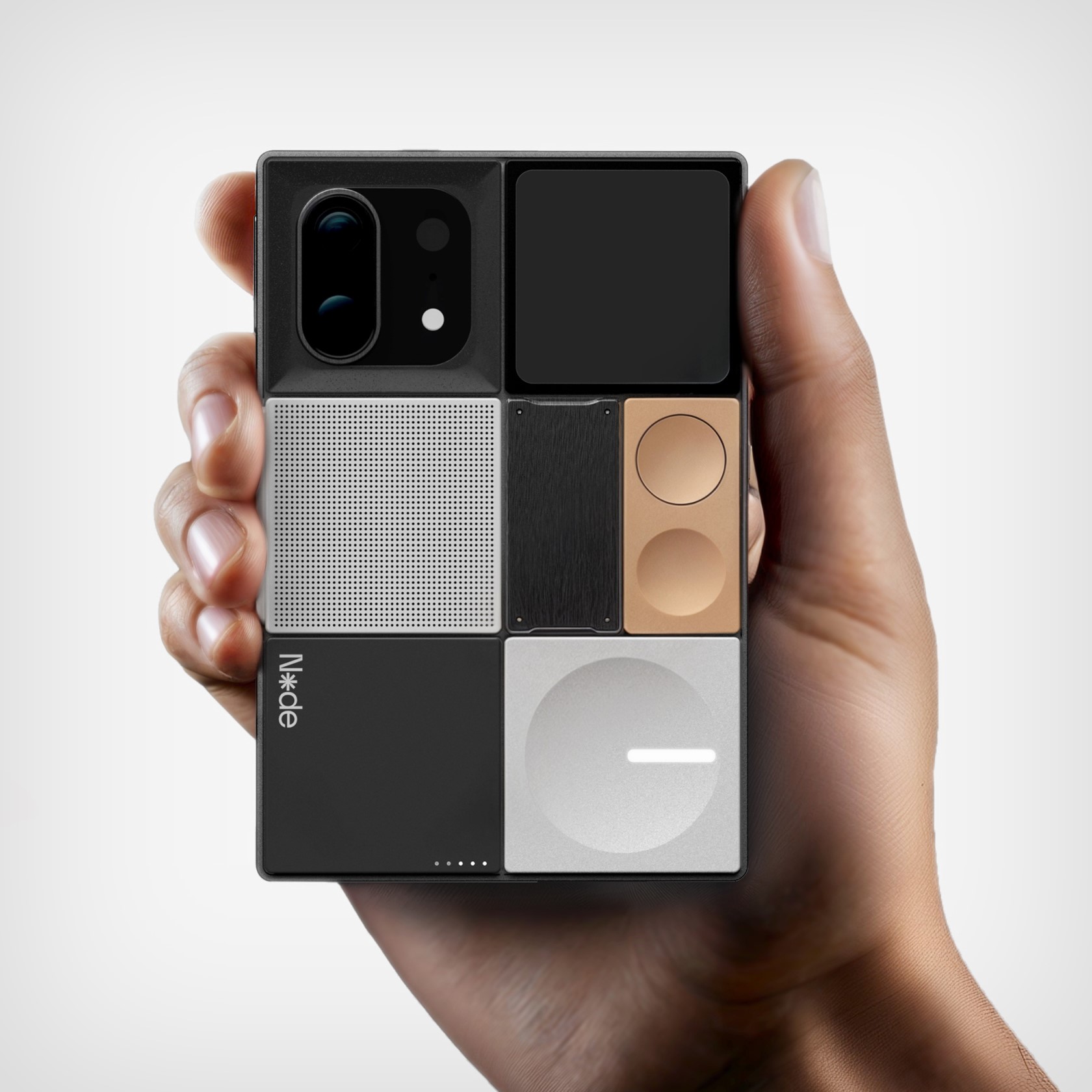
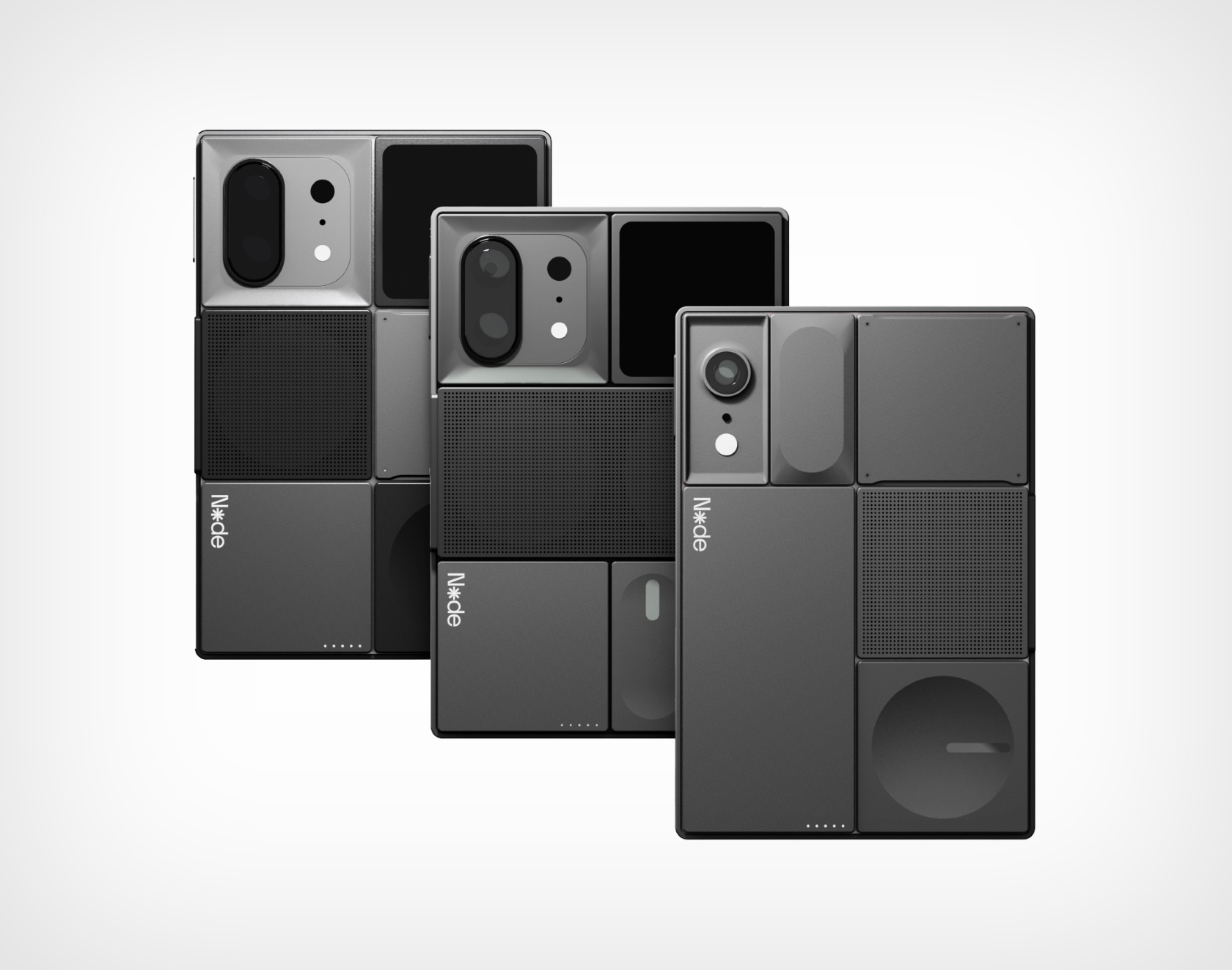
The logic behind the phone fundamentally remains the same too – but it’s executed differently. You start by choosing the nodes you need to make ‘your’ smartphone. You pick how advanced you need your camera to be, you choose your battery size, SSD size, speakers, a mini-display, and a few other sensors. Similarly, there’s a separate node called the ‘Remember’ node that captures personal information so that it learns your needs, preferences, and details. Another node is dedicated to just AI, determining how powerful and capable your phone’s assistant is. Together, the Remember and AI nodes work to turn your phone into an extension of yourself in a uniquely meaningful way. The Remember node is the database, and the AI node is the bot that trains on this database.
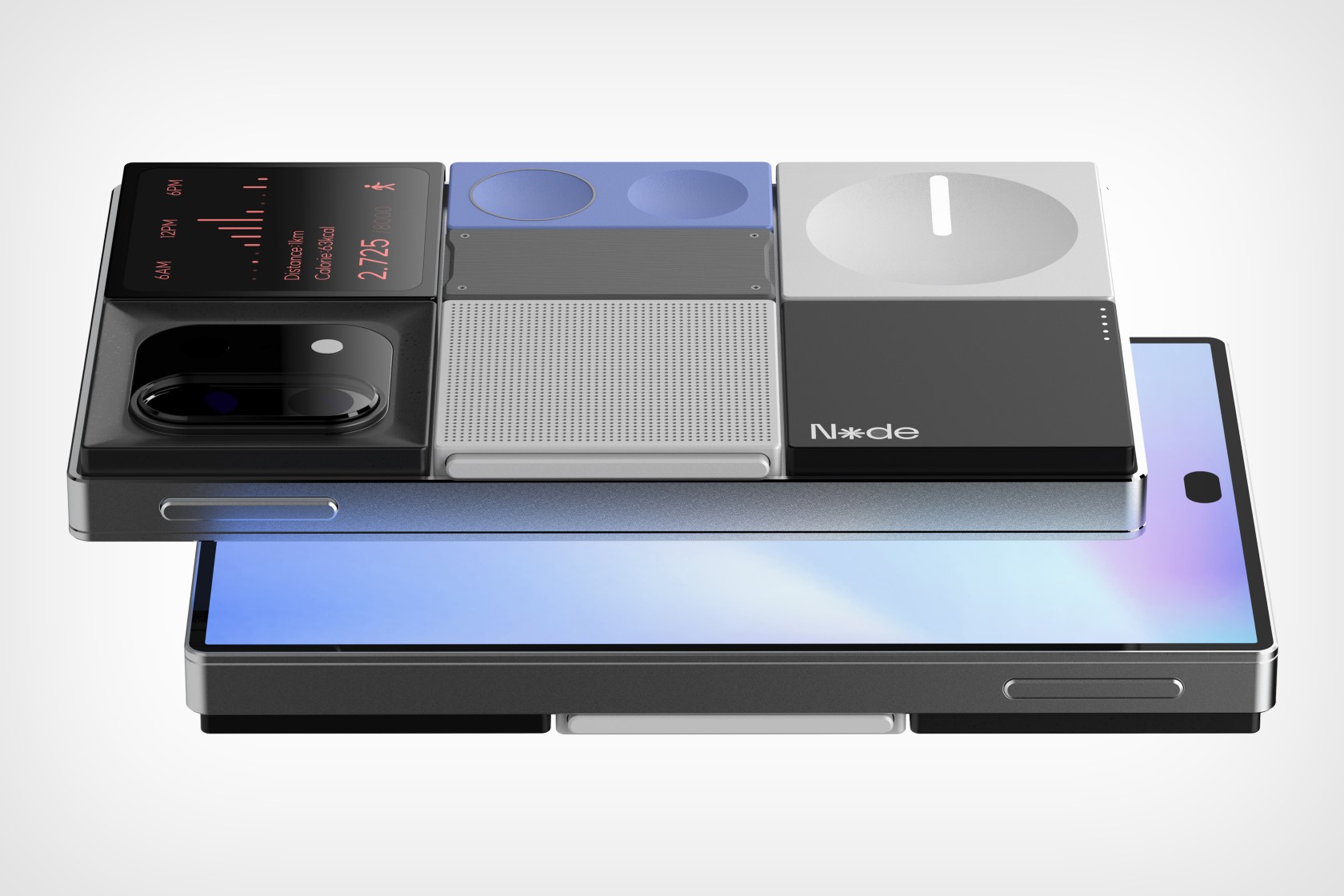
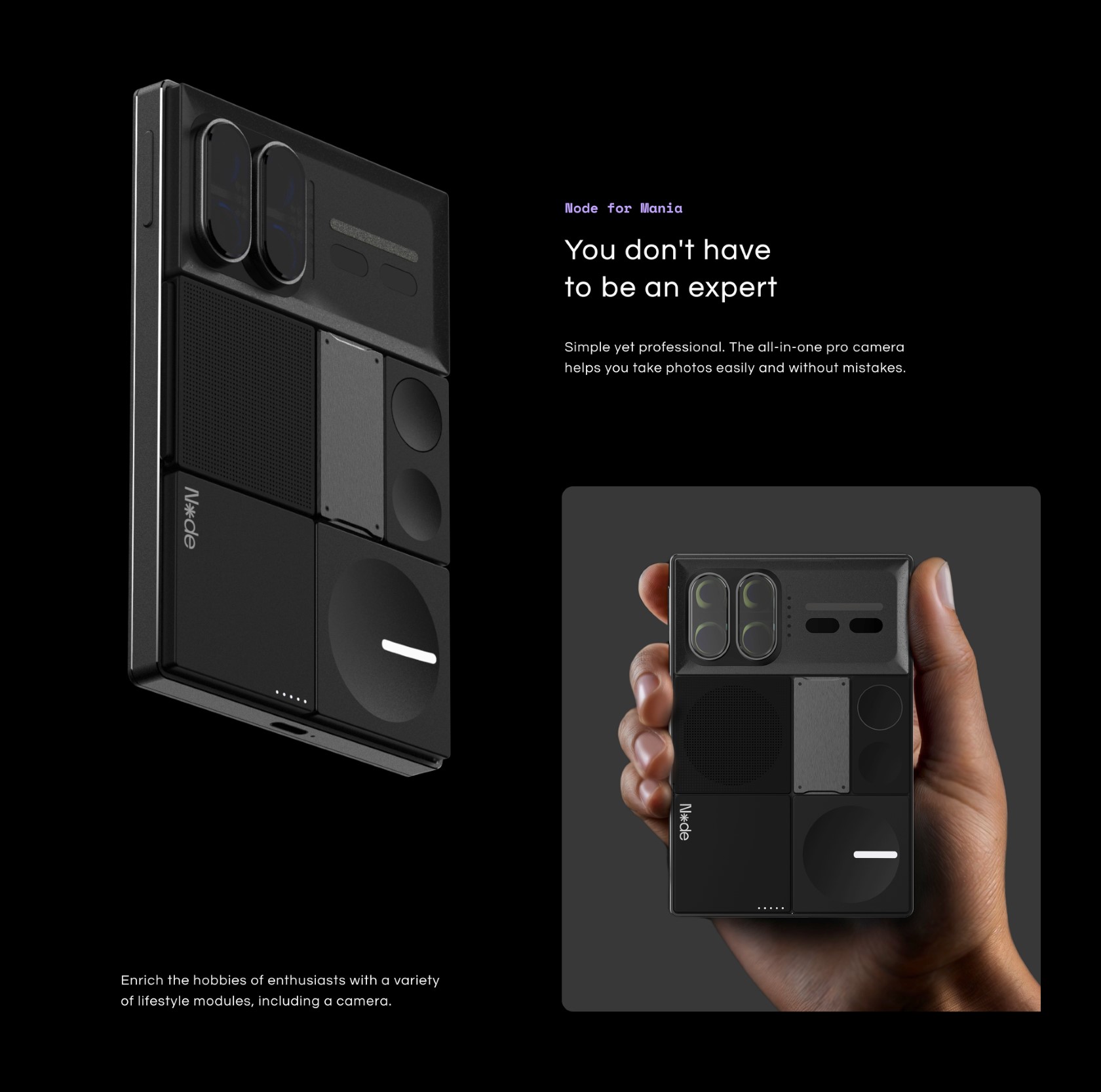
The AI node trains on other stuff too, like how you use your phone, what you enjoy about your phone (whether you prefer music or photography), etc. It locally fine-tunes its abilities based on your behaviors and patterns – something the PhoneBloks concept didn’t even factor in.
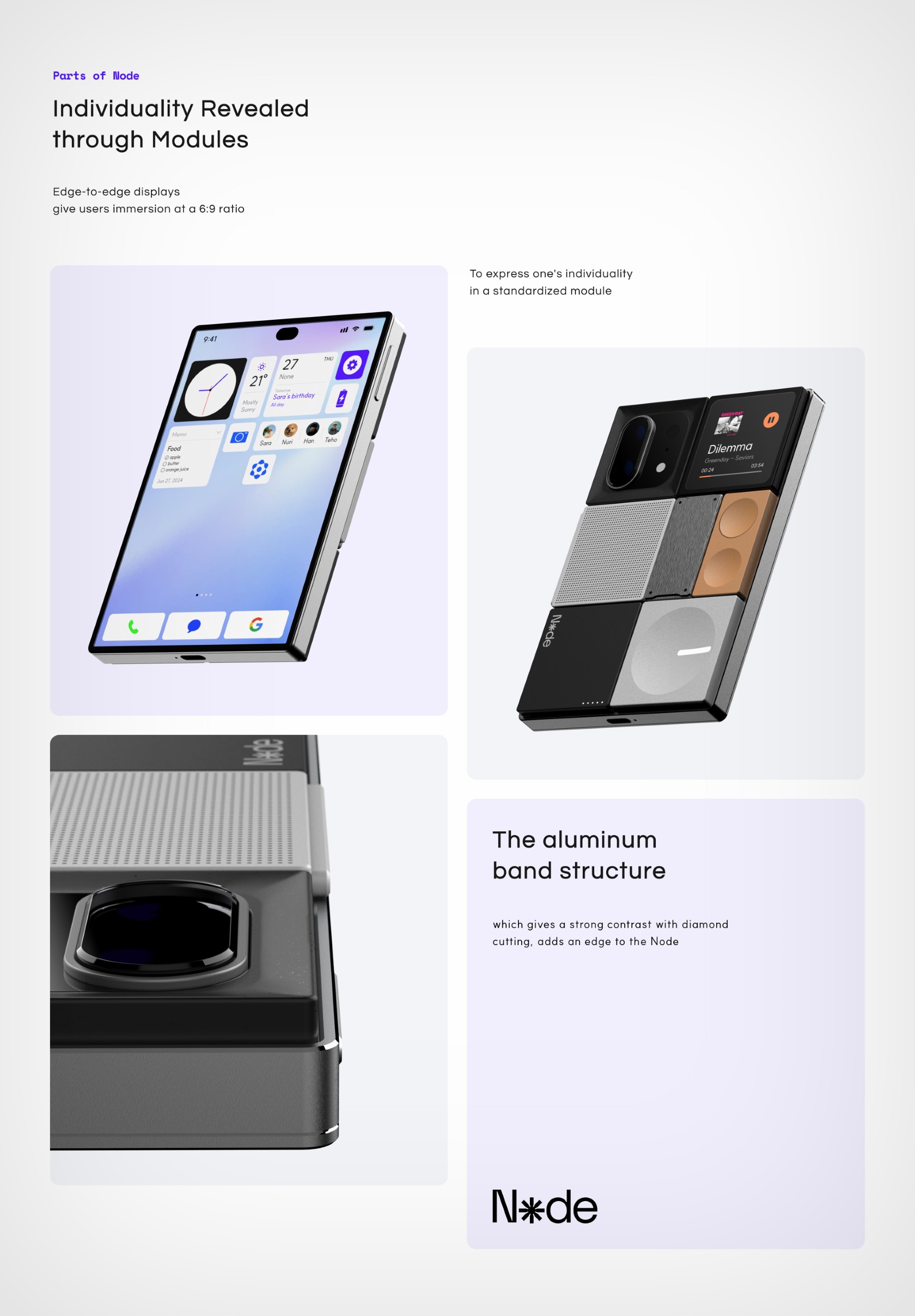
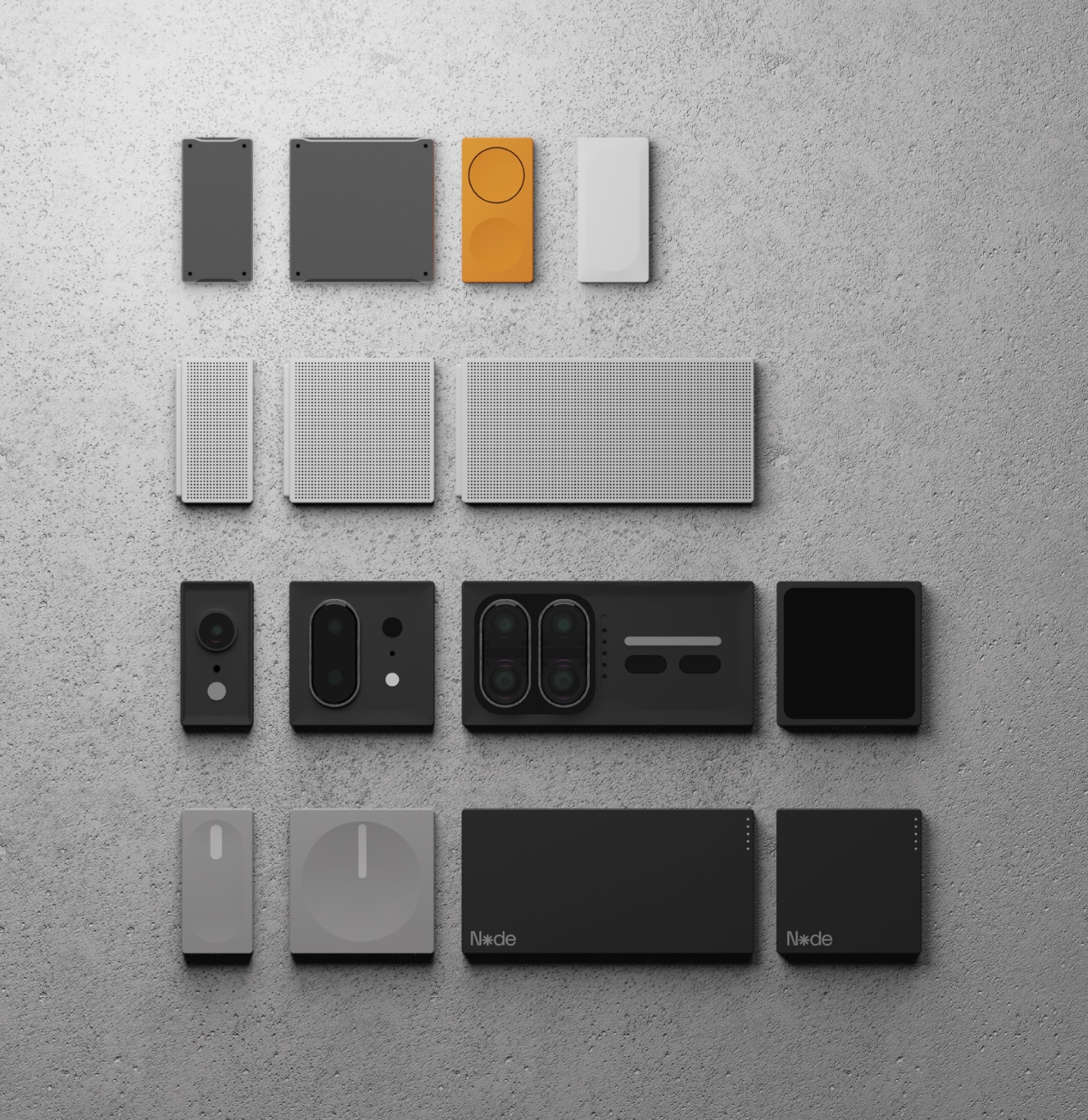
The different nodes come in a variety of configurations. Nodes follow a grid-based design, expanding or contracting in size based on capability. A smaller SSD provides less storage, a larger SSD gives you more storage. Similarly, camera modules increase in size based on capability. Battery, Speaker, Remember, and AI nodes behave the same way. At the end, you pick and choose what you need and reject what you don’t. There’s ultimately a bit of compromise because the phone only has a limited amount of real estate for modules. If music matters more than storage, you’d be better off choosing a larger speaker than a larger SSD. If battery life is a higher priority than camera, then that’s a choice you have to make. Similarly with the AI node, which one can only assume offers newer, faster, powerful hardware for on-device computation.
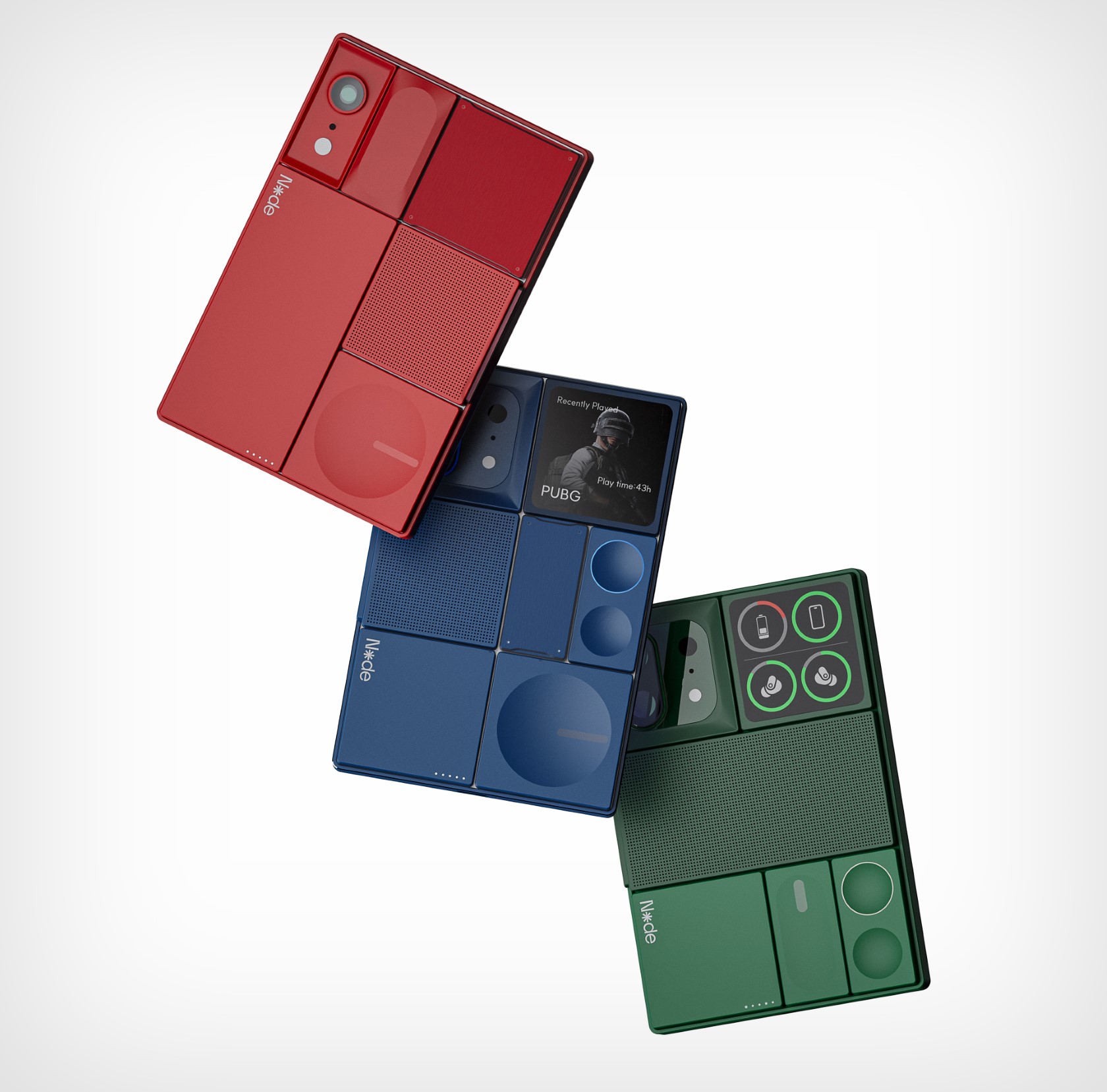
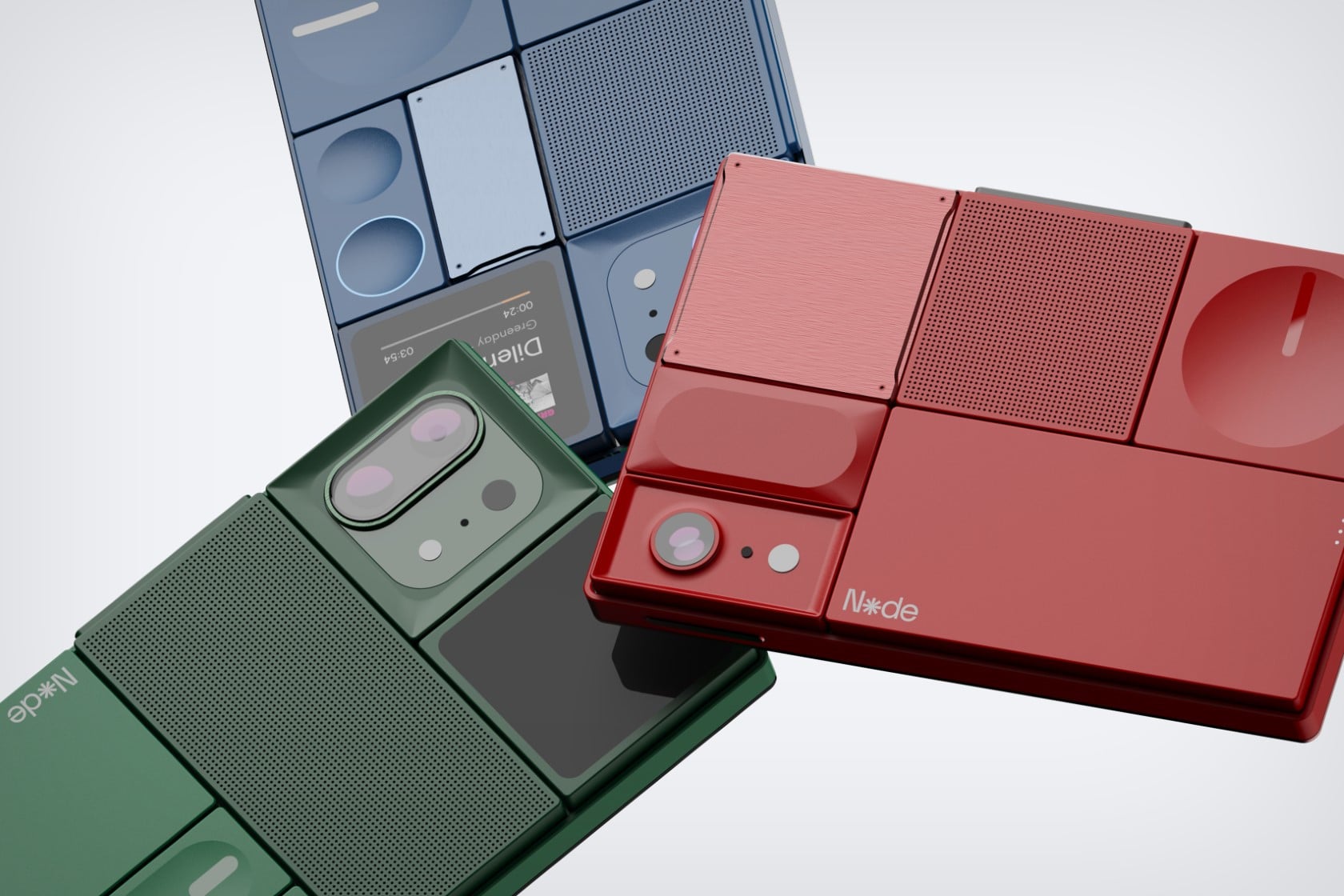
In the end, the PAIR Node does something rather brilliant – it revives something dead in a way that feels meaningful, very similar to how Apple revived the metaverse last year and how it revived the conversation around AI this year. The modular phone was completely dead as a tech concept (with every smartphone company pivoting rapidly to foldables), but the PAIR Node shows that the phone isn’t dead, it just needs to be made more future-proof. The way you do that isn’t by launching new, better phones every year… it’s by giving your phone a chance to grow with you, understand you, and be a better aide to your daily needs.
